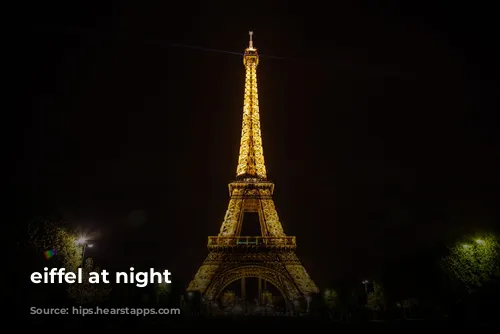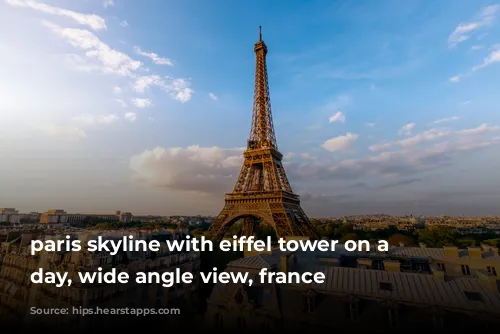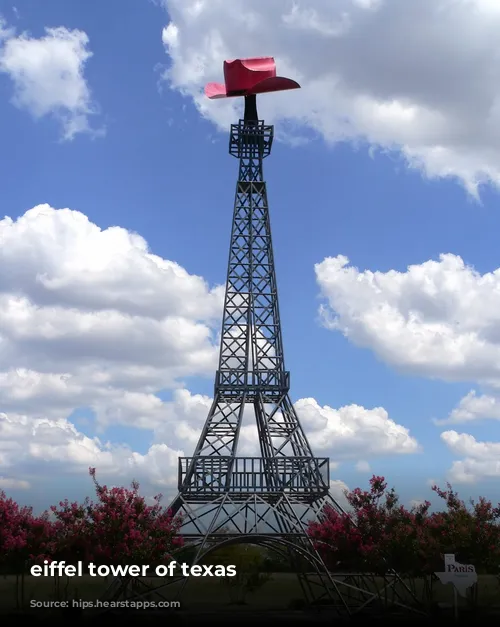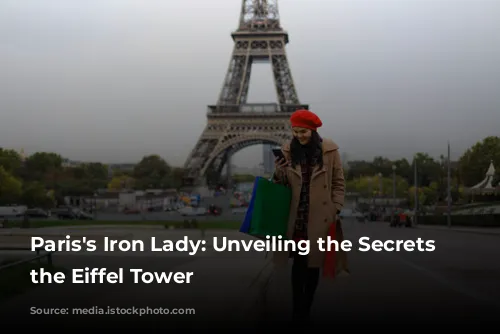The Eiffel Tower—a symbol of Paris, France, and a breathtaking feat of engineering. This iconic structure has become synonymous with the city’s charm and romance. But its history is full of fascinating stories, and surprising facts that might leave you in awe.
A Monument’s Birth: From Contest to Construction
The Eiffel Tower was born out of an idea to celebrate a monumental occasion—the 100th anniversary of the French Revolution. In 1889, as part of the Paris Exposition, a competition was held to design a striking structure that would captivate the world. Over 100 designs were submitted, but the Eiffel et Compagnie firm, led by Gustave Eiffel, emerged as the winner. It was Maurice Koechlin, a structural engineer within Eiffel’s company, who conceived the iconic lattice design.
The construction of this towering marvel took two years, requiring the labor of hundreds of workers. They meticulously assembled 18,000 pieces of puddle iron, securing them with an incredible 2.5 million rivets. This monumental undertaking involved a meticulous process, making the Eiffel Tower a testament to human ingenuity and perseverance.
A Temporary Structure With Enduring Appeal
The Eiffel Tower wasn’t initially meant to be a permanent fixture. The plan was to dismantle it after 20 years. However, its value quickly became apparent, and the city officials decided to keep it standing. This decision was driven by the tower’s practicality as a valuable radiotelegraph station, proving its worth beyond its initial purpose.
The Eiffel Tower: More Than Just a Pretty Face
The Eiffel Tower played a significant role during World War I. Its radio tower intercepted critical enemy communications, aiding in the war effort. During World War II, the tower faced a different kind of threat. Hitler ordered its destruction, but the acting general bravely refused to obey the order, saving this iconic landmark from oblivion.
The Eiffel Tower reigned supreme as the world’s tallest building for 41 years, reaching a height of 1,050 feet. However, it was surpassed by the Chrysler Building in New York City in 1930.
A Global Icon: Replicas and Recognition
The Eiffel Tower’s charm has captivated people around the world, leading to the creation of numerous replicas. These include a half-scale version in Las Vegas, a full-scale replica in Tokyo, and even a replica in Paris, Texas, adorned with a cowboy hat. It’s a testament to the tower’s iconic status that it has inspired numerous imitations, each bearing its own unique character.
A Tower With Unique Characteristics
The Eiffel Tower is a living structure, responding to changes in temperature and weather. In cold weather, its metal contracts, causing it to shrink by about six inches. It also sways gently in the wind, moving two to three inches with each gust.
The Eiffel Tower: A Popular Destination
Since its opening, the Eiffel Tower has welcomed over 250 million visitors, with an average of seven million visitors per year. It holds the title of the most visited monument in the world, drawing people from all corners of the globe. Visitors can choose between climbing the 1,665 steps or taking the elevator to the top, allowing them to enjoy panoramic views of the city.
Maintaining a Monument: A Continuous Effort
Every seven years, the Eiffel Tower receives a fresh coat of paint, a meticulous process that requires 60 tons of paint, 1,500 brushes, and a team of 25 painters. This regular maintenance ensures that the tower remains a stunning sight for generations to come.
Hidden Gems and a Sparkling Night
The third floor of the Eiffel Tower houses a hidden gem—an apartment originally designed as private quarters for Gustave Eiffel. It was used for entertaining guests, and now the public can visit and peek into the life of the tower’s creator.
Each night, the Eiffel Tower sparkles with the brilliance of 20,000 lightbulbs, a mesmerizing sight that illuminates the Parisian sky. It takes 43 technicians to change these bulbs, and they are only changed to different colors for very special occasions.
The Eiffel Tower stands as a testament to human ingenuity and the enduring beauty of Parisian architecture. Its rich history, unique characteristics, and enduring appeal make it a truly exceptional landmark that continues to captivate the world.










